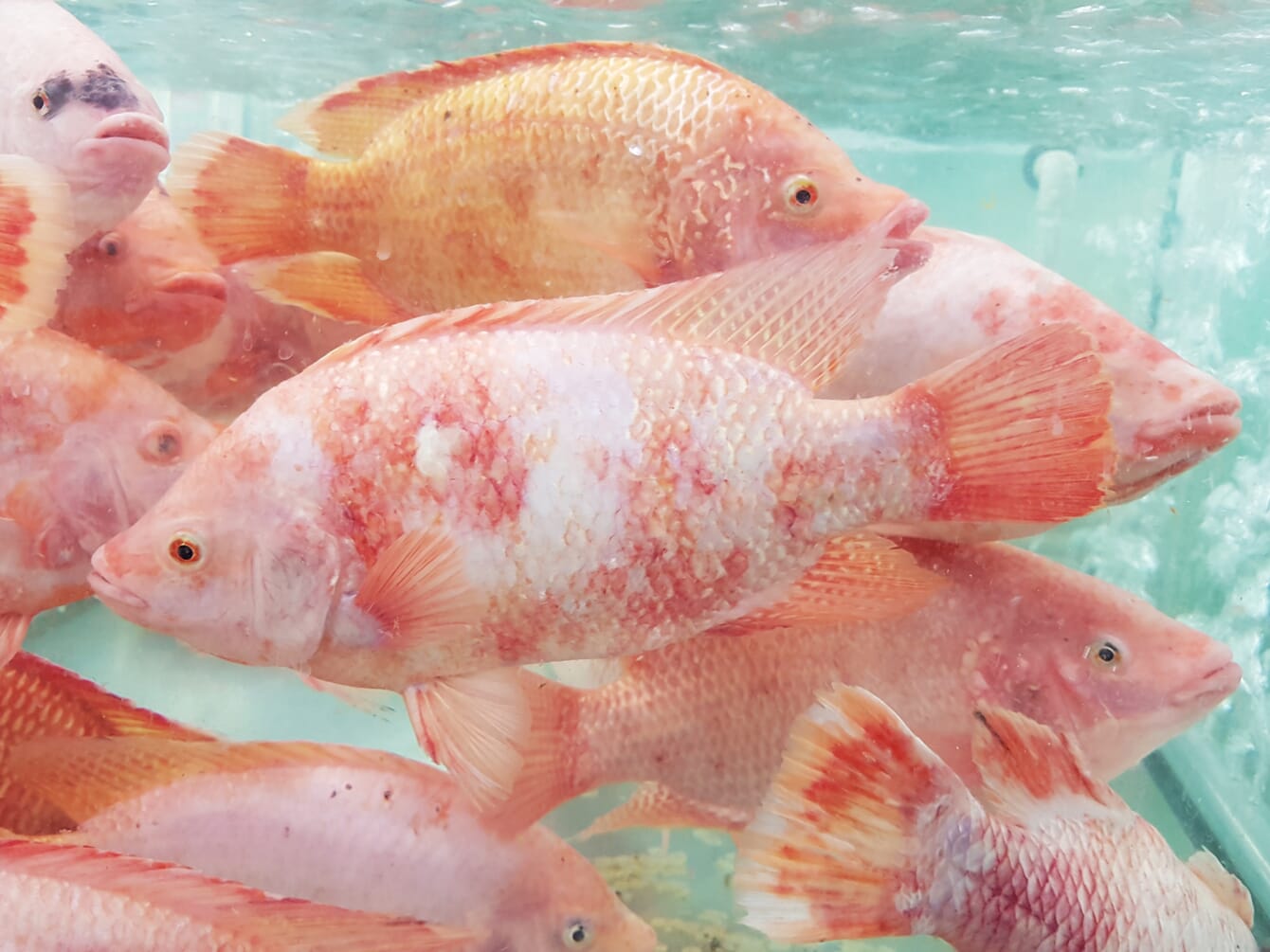
The study, which took place at a commercial scale tilapia farm, was carried out by researchers at South China Agricultural University, using new solar powered fish grow lights, designed by Philips.
The lights produce spectral light specifically designed to suit many fish species, including tilapia. In the trial, 60 solar luminaires were deployed in a pond of in a 7,000 m2 pond. Based on an earlier study, in cooperation with the Ocean University of Shanghai , which showed similar results, South China Agricultural University started the trial in a live setting.
This new trial, done at the tilapia farm in Guangdong, in the south of China, also suggested that the lights had a positive effect on water quality. The commercial size trial lasted 117 days and resulted in an additional 1,770 kg of tilapia that was harvested compared to the reference ponds.
"It was very good to see that the results we obtained in the laboratory test in Shanghai could be repeated in an actual farming situation in the south of China. This is a breakthrough in tilapia farming efficiency improvements,” said Remco Lansbergen, general manager aquaculture at Signify.
According to the company, the Philips solar fish light is easy to install and only one luminaire is needed per 100-150 m2 of pond surface. The luminaires, equally spaced in the pond, are attached by rope to the centre line, or to each other, to keep them in place. The best operation is achieved with clean solar panels and LED unit.
The impact of light on fish is complex and there are multiple elements to consider: intensity and distribution, quality of light expressed in spectral composition, and photoperiod undergoing daily and seasonal cycles.
“Signify’s aquaculture lighting team is committed to push the boundaries of lighting applications supporting the needs of fish farmers and their hatchery and grow-out sites either on land or offshore. Fish lighting is developed in close collaboration with leading universities and institutes and produced with the finest marine grade materials, ensuring durability under the toughest conditions. Light has proven to be a powerful tool for enhancing fish production, while protecting its welfare,” they said in a press release.
The results of the study, have been published in Aquaculture and Fisheries, under the title Effects of light intensity and photoperiod on the growth and stress response of juvenile Nile tilapia (Oreochromis niloticus) in a recirculating aquaculture system.



